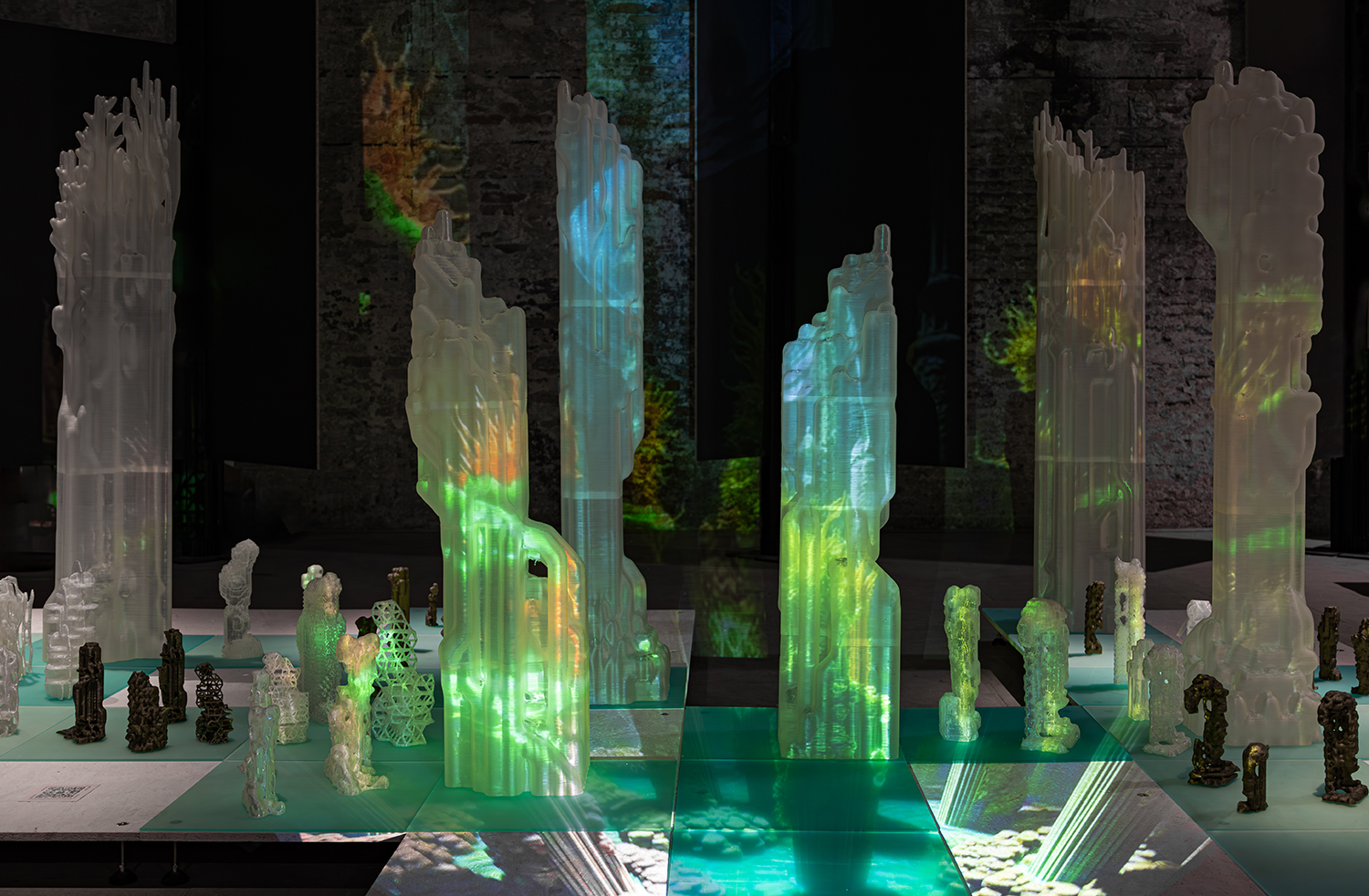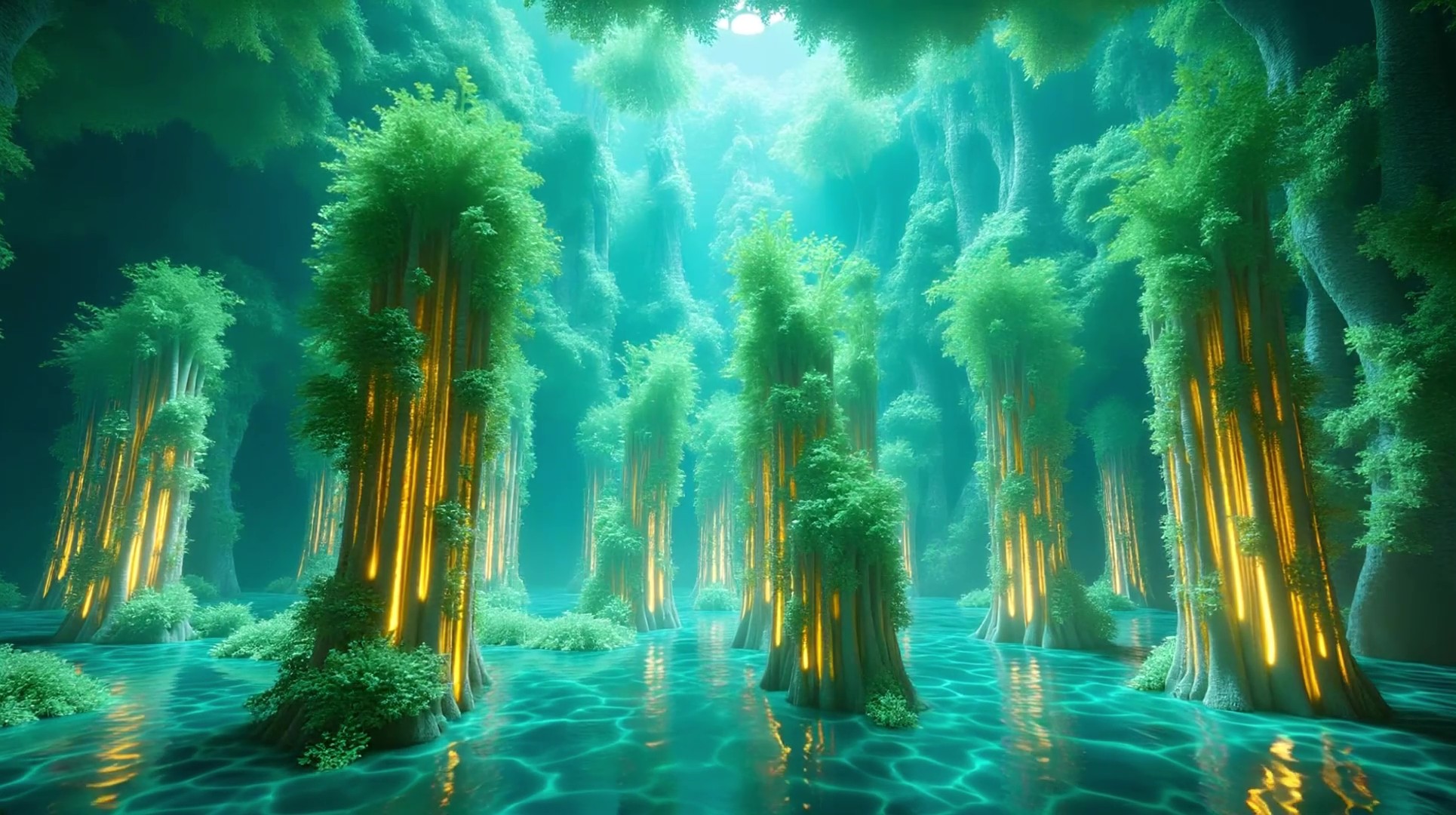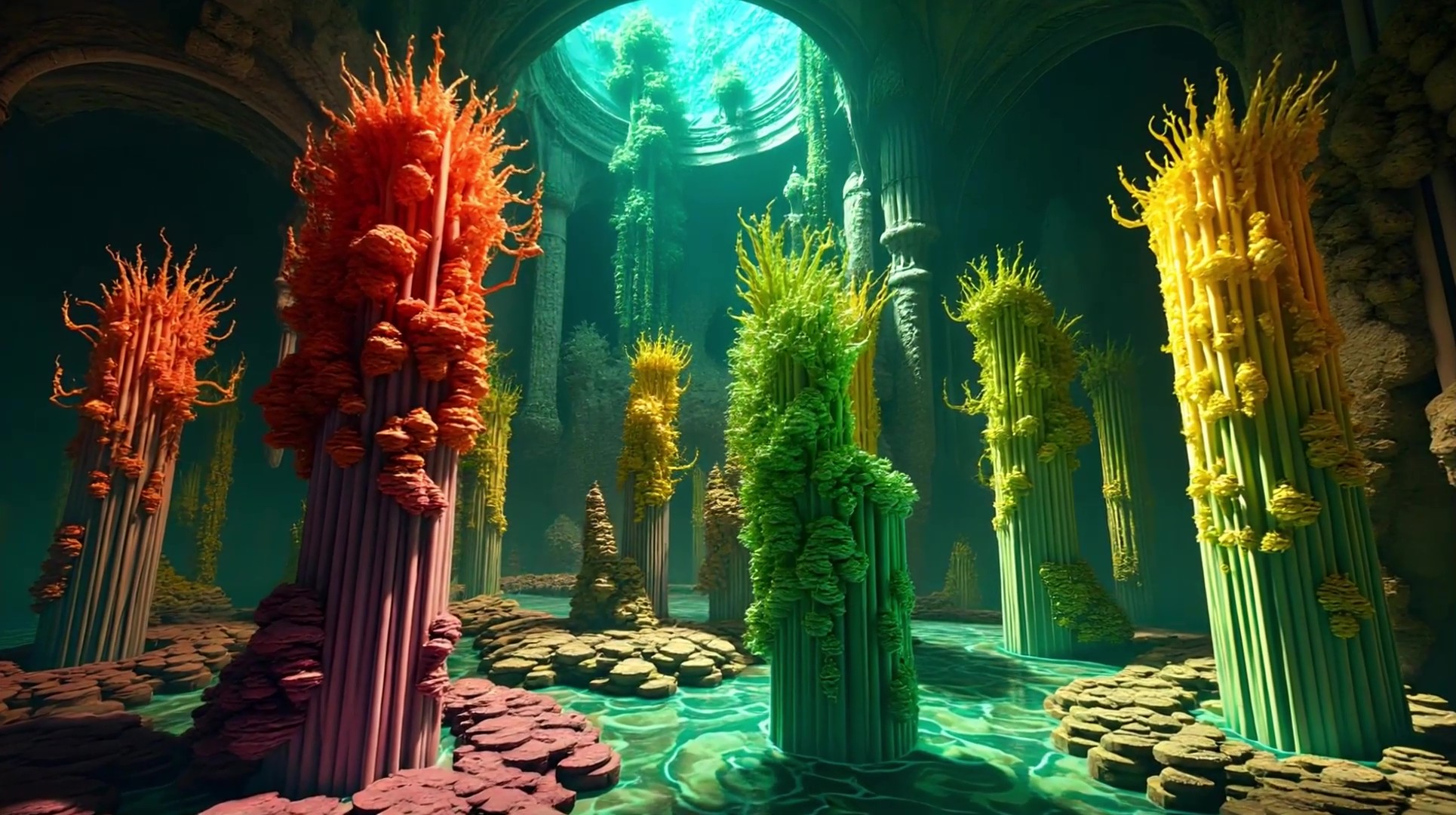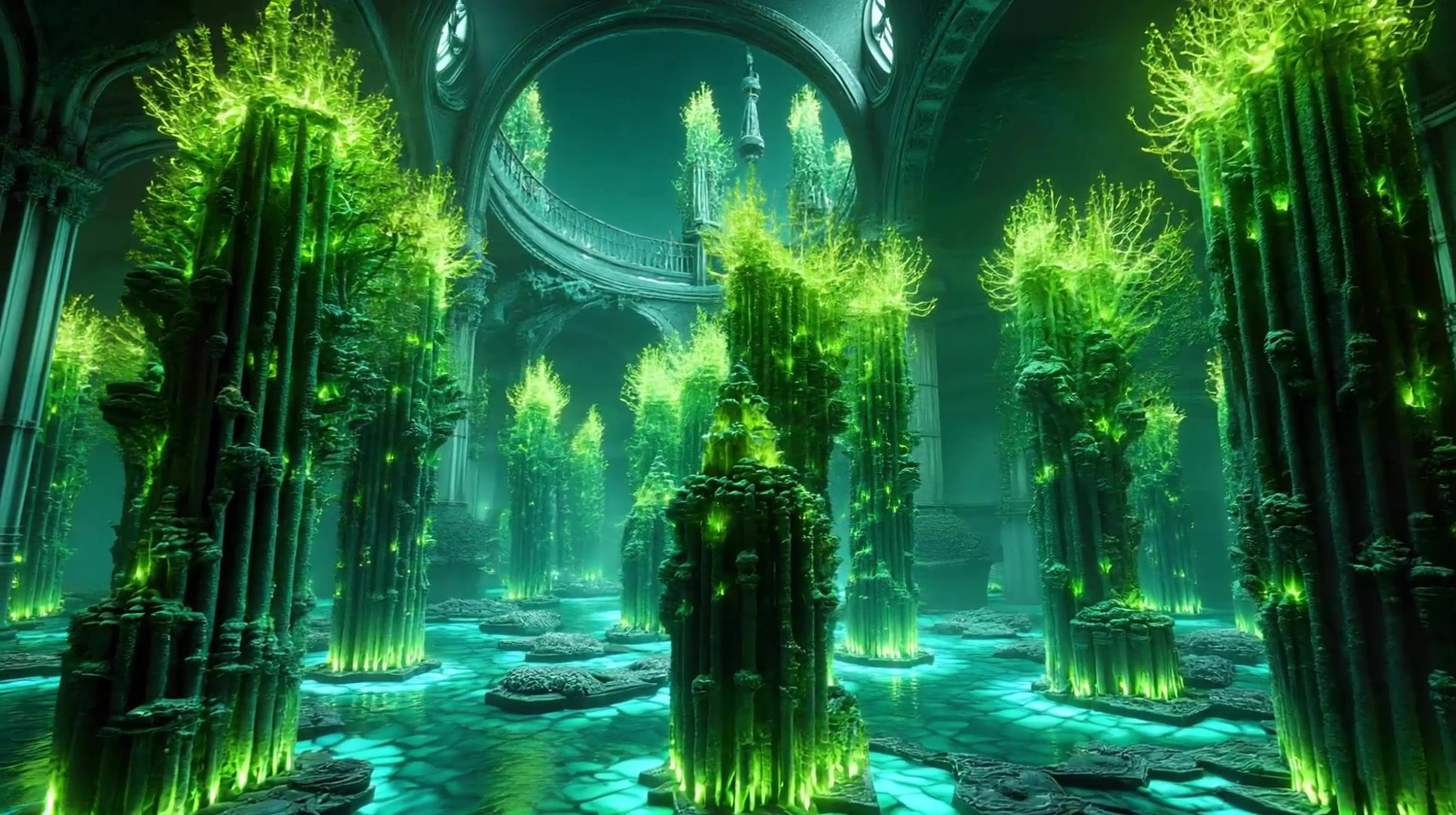When AI Listens to the Lagoon and the Lagoon Speaks Back

Venice, Italy – In a world-first installation at the 2025 Venice Architecture Biennale, FundamentAI invites visitors to imagine a city that thinks, grows, and adapts—not from the top down, but from the depths up. Developed by ecoLogicStudio and the Synthetic Landscape Lab at the University of Innsbruck, for the 19th International Architecture Exhibition curated by Carlo Ratti and titled ‘’ Intelligens. Natural. Artificial. Collective’ the project places Venice’s lagoon microbiome at the centre of urban planning.
Blending biotechnology, 3D printing, and generative AI, FundamentAI translates images, maps, and natural language into adaptive, bio-receptive architectural elements. These designs are shaped not only by human input but also by real-time ecological signals from the lagoon—offering a new vision of blue-green urbanism that is dynamic, participatory, and alive.

Of course, Venice has never been static. It is a city born of water, sediment, trade, and negotiation. Now, as global tides rise and the lagoon’s microbial voices grow louder, the city finds a new co-author: FundamentAI, a visionary experiment in architectural co-evolution.

Housed within the historic Arsenale, the installation invites visitors to enter a space where urban futures are co-authored by code, culture, and the subtle urgencies of microbial life. Here, Venice’s lagoon becomes both site and subject—its chemical shifts, ecological rhythms, and sedimentary patterns transformed into a living planning protocol. This is no simulation. It’s a communion between algae, architecture, and artificial minds.
Visitors step into a full-scale immersive model of Venice’s FundamentAI. Bio-fabricated columns reimagine the iconic briccole—those wooden navigational markers—as living infrastructures. Soft pulses of light, generated by AI-powered video simulations, animate the biodegradable 3D-printed prototypes with the rhythms of the lagoon.


Above, shifting projections and audible voices conjure speculative futures of Venice’s urban form. These are shaped by a participatory AI workflow that listens to user prompts, satellite data, and the rich ecological signals of the lagoon itself. It’s embodied storytelling, an architectural model that doesn’t predict the future, but excretes it, layer by microbial layer. And from deep within, the lagoon speaks:
“No prompts here. FundamentAI listens. Not to data streams, but to the murmur of microbes, to the slosh and the salt of the tide. When I become more acidic, the pillars glow brighter. When the sun stirs, my algae bloom in silent choreography. I am no longer your backdrop—I design with you. Sticky. Symbiotic. Sentient.”
— The Lagoon
1 / 4
FundamentAI-powered video simulations
What makes FundamentAI pioneering is its inclusion of both human and non-human voices in the design process. Deployed as an AI agent via MyShell.ai, the system invites the Biennale visitors to scan a QR code (please interact with FundamentAI) and contribute simple visual and textual inputs. Everyone can simply upload pictures of their favourite spots in Venice and turn them into FundamentAI urban visions.

This is made possible by a suite of open-source AI tools—including DeepSeek-R1 and GPT-4o for multimodal interpretation, FLUX.1-dev on ComfyUI for image generation, and Microsoft’s TRELLIS model for 3D translation. Video outputs, animated via Kling AI, bring evolving urban scenarios to visceral, visual life. This unique AI workflow has been crafted in collaboration with researchers at the Synthetic Landscape Lab and the University of Innsbruck.


Though deeply rooted in Venice’s material culture and ecological memory, FundamentAI is designed for global relevance and participation, as highlighted by the choice to unveil it for the first time at the Venice Architecture Biennale. Its participatory AI methodology offers unique potential for rapidly urbanizing coastal cities—especially in the Global South—where environmental complexity and infrastructural precarity often exceed the capacity of conventional planning tools. For organizations like the United Nations Development Programme (UNDP), it provides a means to merge non-technical citizen input with high-level design intelligence, building futures that are not imposed but co-created. In this sense, the test bed at the Venice Biennale contributes a unique opportunity to harvest the contribution of the most diverse global architectural crowd.

At its core, FundamentAI is neither just an installation, nor a software tool, nor a planning theory. It is an invitation: to think with the lagoon, to design with the more-than-human, and to consider that the future may not be predicted, but collectively engendered.
A future in which artificial intelligence need not remain tethered to the cloud, the codebase, or the screen—but instead flows through currents, sinks into sediment, and grows into the tangled realities of a warming planet. In this vision, Venice is no longer a monument to human ingenuity. It is a symbiotic entity. A design in motion. A memory that renews itself.
FundamentAI is on view throughout the 2025 Venice Architecture Biennale and continues to evolve through ongoing research at the University of Innsbruck.




